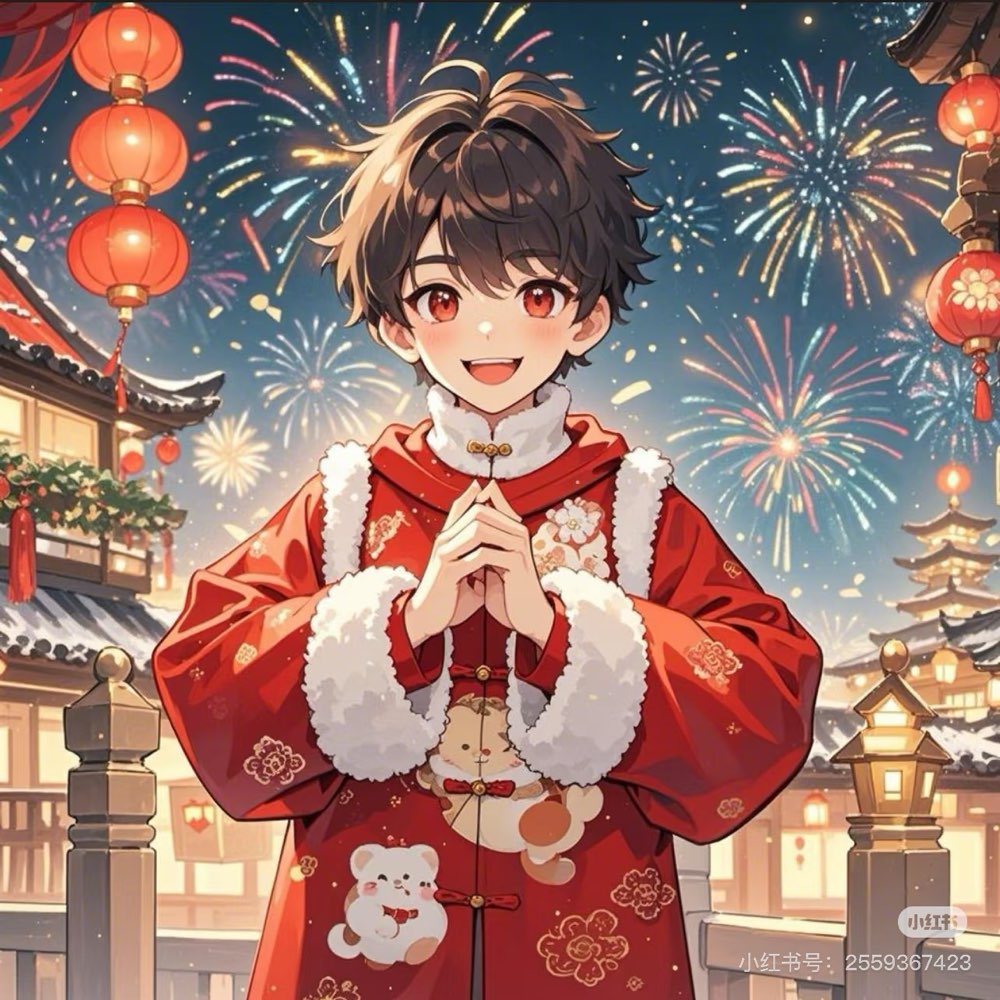
New Year greetings can pass luck, we should be polite and keep smiling.#SpringFestival Knowledge Contest
Answered: Jan 24



Answered: Jan 24



The fist-in-palm gesture, also known as "zuoyi", is commonly used in Chinese New Year greetings and has the following background and related etiquettes:
Reasons for Using the Fist-in-Palm Gesture
• Historical and Cultural Origins: It has a long history in China and originates from ancient rituals. In traditional culture, it is a respectful and formal way of salutation, carrying rich cultural connotations, reflecting the Chinese people's emphasis on etiquette and respect.
• Symbolic Meanings: The right fist represents courage and strength, while the left palm represents peace, friendship and courtesy. Putting the right fist in the left palm symbolizes the combination of force and grace, as well as the pursuit of harmony and mutual respect.
Etiquette to Be Observed
• Posture: Stand up straight with feet together or slightly apart, knees straight, and body upright. The arms should be naturally bent, with the right fist placed in the center of the left palm, and the two hands at chest level.
• Timing and Occasion: It is usually used on formal occasions such as New Year's greetings, temple fairs, and traditional cultural activities. It is an appropriate way to greet elders, relatives, friends and colleagues during the Spring Festival to express blessings and respect.
• Gender Differences: For men, the right fist is usually held tightly and covered by the left palm, with the left thumb slightly bent and tucked inside the right fist. For women, the gesture is similar, but sometimes the right hand may be in a looser fist or just a hand shape, and the left hand covers the right hand more gently.
Answered: Jan 25


During the Spring Festival, there are traditional gesture etiquettes for paying New Year visits. The most common one is the "gongshou li" (拱手礼), also known as the "zuoyi" (作揖). This gesture varies between men and women.
For men, the correct gesture is to form a fist with the right hand and cover it with the left hand, with both wrists touching and shaking slightly back and forth. This is because the right hand is considered the attacking hand, and covering it demonstrates goodwill.
For women, the gesture is the opposite of men's, but women do not form a fist; instead, they press their hands together without touching wrists and shake them slightly back and forth.
This traditional gesture not only expresses respect and good wishes to others but also reflects the elegance and refinement of Chinese culture. It is worth noting that these traditions may vary slightly in different regions, but the core meaning of expressing blessings and respect remains the same.
Answered: Jan 24


We should always smile and stay positive. #SpringFestival Knowledge Contest.
Answered: Feb 07


It is a tradition. Elders should give lucky money to children.#SpringFestival Knowledge Contest
Answered: Jan 26


The fist in palm gesture, or "拱手礼" (gǒng shǒu lǐ), is used in Chinese New Year greetings as a sign of respect and good wishes. It symbolizes harmony, humility, and gratitude. The right fist, representing strength, is wrapped by the left hand, symbolizing gentleness, signifying a balance of power and kindness.
Etiquette to observe includes:
- Stand straight and face the person.
- Place your right fist in the palm of your left hand.
- Raise both hands to chest level.
- Bow slightly while performing the gesture.
- Accompany the gesture with a New Year greeting, such as "新年快乐" (Xīnnián kuàilè), meaning "Happy New Year."
Answered: Jan 26


It can bring luck to everyone. Wish you could be better in the new year.
Answered: Jan 24








